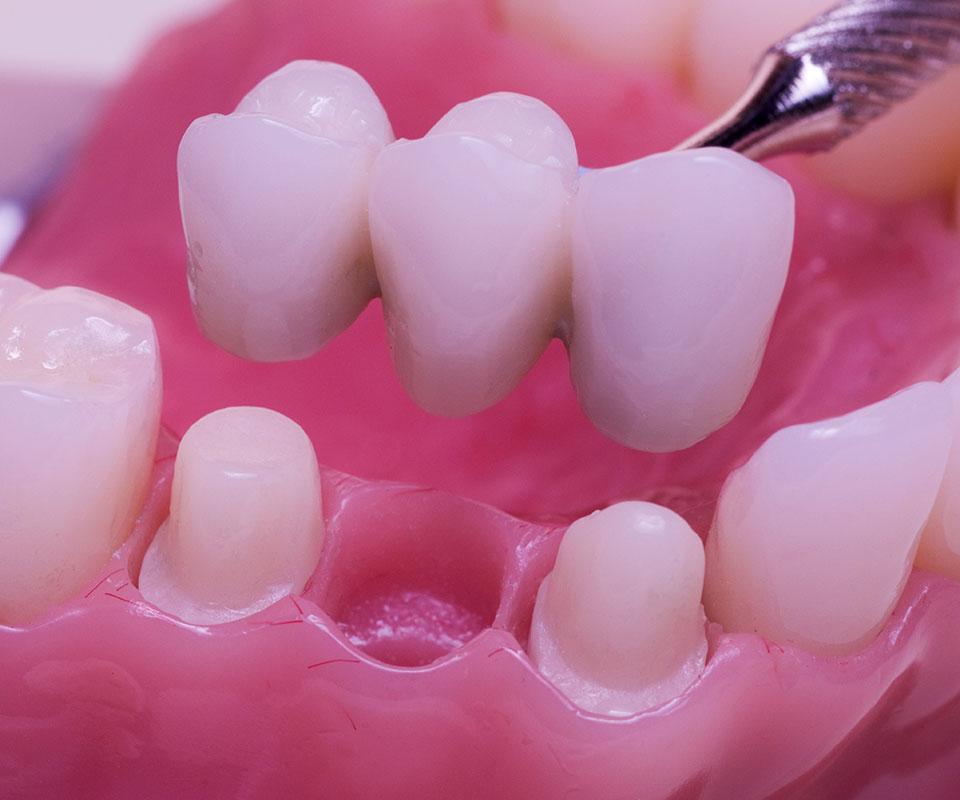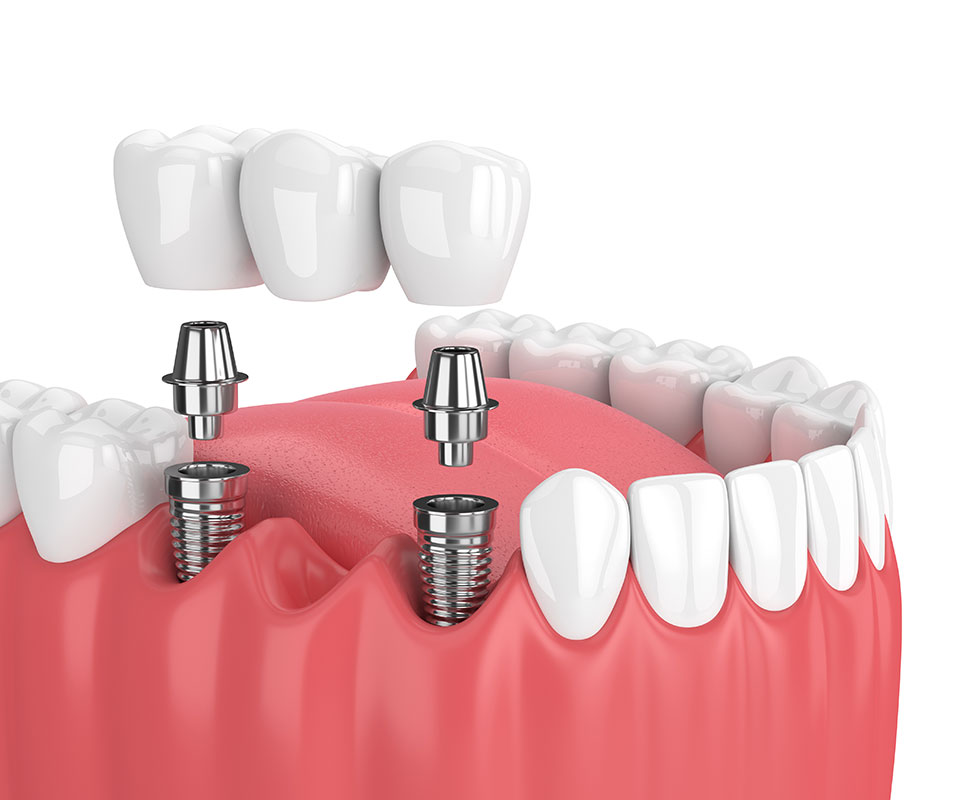
Should you replace a missing tooth?
Well, your appearance is the primary reason. Besides, the gap left by missing teeth means more strain on the other teeth. Your 'bite' could also be affected as the nearby teeth might lean towards the gap. This will alter the way your upper teeth and lower set of teeth bite together. In worst cases, improper bite results in food particles getting packed in the gap, leading to gum disease and tooth decay.
When it comes to replacing missing teeth, experts at King West Dentistry have many options for handling the patient. They can use dentures, dental implants, and fixed bridges. Simply put, fixed bridges are non-removable, permanent dental appliances made of porcelain mixed with some form of metal. Studies show that these are the most reliable option for missing teeth.
A fixed bridge has two parts: the crown and anchor that supports the entire structure. Its durability and the fact that it doesn't cause discomforts make fixed bridges an optimal choice for patients intending to replace missing teeth.

When should fixed bridges be used?
Generally, fixed bridges are used in situations where a patient has missing teeth. Remember, these are permanent dental appliances that can:
- Replace missing teeth
- Improve the patient's dental work from partial removable dentures to something more permanent
- Keep the remaining teeth in their right positions to prevent shifting into the gap
- Revitalize the patient's chewing abilities and also enhance their speech
- Repair the patient's smile and help them regain their self-confidence and self-esteem

Benefits of fixed bridges
The most significant benefit of opting for fixed bridges is that they offer a permanent solution to missing teeth problems. That means the patient cannot lose or misplace them. They also offer a reliable and subtle solution to issues associated with missing teeth. After the procedure, no one will be able to notice that you have a prosthetic.
Fixed bridge placement process
At King West Dentistry, we have trained dentists and hygienists who can handle fixed bridge placement process effectively.
- During the initial appointment, the dentist will prepare the anchor teeth. He or she will take off some natural enamel for a crown to be installed.
- Step 2 involves the creation of your mouth's model that will be used in the lab to create a custom dental bridge
- By the time your dentist gets the bridge (after a week or more), you will have healed after the first procedure. The dentist will then fix the permanent bridge and later cement it into its new position
Taking care of fixed bridges
Your dentist will offer you guidance on how you should take care of your dental bridges after the procedure. It is recommended to maintain good oral practices such as brushing and flossing regularly. You should also visit our dental facility frequently for checkups. Maintaining healthy oral practices means that your fixed bridges can be part of your beautiful smile for many decades.
